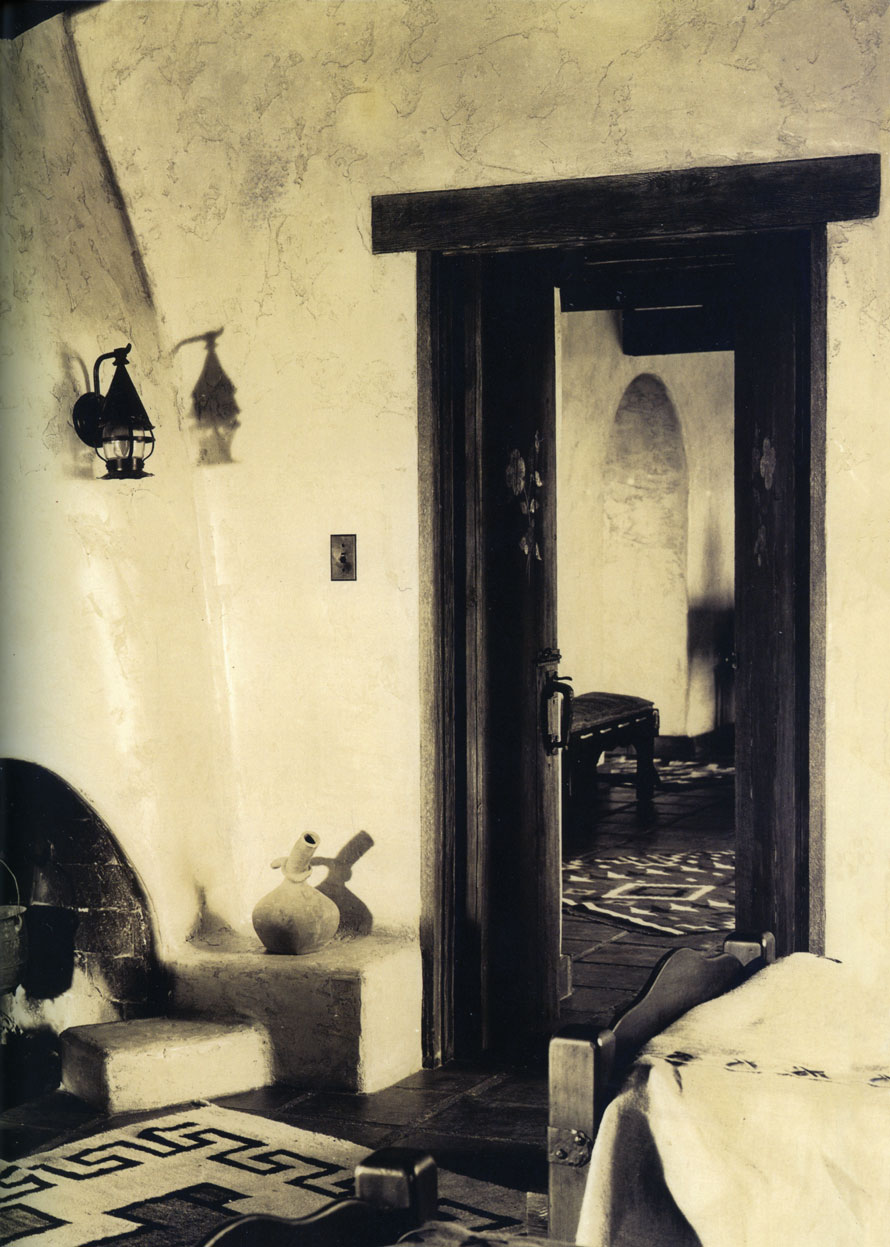

UNTIL NOW, THE FIRST HOMES BUILT BY CLIFF MAY and how they related to each other in the context of his career and the development of his style was unknown. This was complicated by May’s own recollections later in life of when he built particular homes.
In preparing for this home tour, research done by Dale and Ron May (no relation to Cliff May) and Bruce Coons, brought to light some important new information on the sequence of his first homes that were built on speculation and his first commissions which drove his career from that point on. While much had been established in documenting his later homes, especially those of the mid century era after May left San Diego, the homes that were the progenitors of his signature style were not well documented.
Through construction and building completion notices, it is now known the following homes were finished as listed here in chronological order:
| February 1932 - Col. Arthur J. & Francis O’Leary House
February 1933 - Lindstrom House
August 1933 - Sheldon Hodge House
November 1933 - Dr. John R. & Florence Porterfield Beardsley House
May 1934 - Langston House
October 1934 - Alexander & Nancy Highland House
November 1934 - Dittenhaver House
December 1934 - Wood House |
|
May was as unpretentious as his ranch style homes. There were other builders who were also experimenting with this design concept but none as influential or as successful as May would become in defining and perfecting the style. This is most likely due to his intimate knowledge of how a hacienda actually functioned, having lived in and around them his entire life.
Elements from Las Flores ranch house can be seen right up to his very last custom designed homes. Though it may appear in the mid fifties he diverged from these ideas with his mass produced ranch homes, May carried with him the memories of living at Las Flores his entire career. Easily recognizeable signature elements of Las Flores are revealed in the undulation of plaster simulating adobe and thick walls, the impression of the home expanding over time as the family grew, the principle of the saguán or breezeway, heavy timbered ceilings, and window grilles, and in the addition of board and batten sections. His early homes came in two versions: the Hacienda and the Ranchería. These are recognized most readily by tile roofs on haciendas and wood shingle roofs on the Rancherías. Rancherías also included board and batten sections and lighter roof beams and porch columns. It was this house, the Ranchería, that became known as the American ranch house.
Another significant discovery was of May’s preferred plant palette. These were the mission olive and California pepper trees as well as the prickly pear cactus, cordyline, flax, climbing roses, bougainvillea, grapes, bananas, and a profuse use of brightly colored flowers such as red and orange geraniums, and yellow and orange marigolds. He carefully chose plants whose shadows would show well against the exterior white plastered walls, plants that were architectural in themselves.
May considered himself a designer builder for his entire career. However, he did become a licensed architect one year before his death.
Cliff May left an outstanding architectural legacy that sprang literally from the California soil on which his first houses were erected and, in doing so, created a uniquely American house that captured the needs, aspirations and imagination of a growing nation. |


